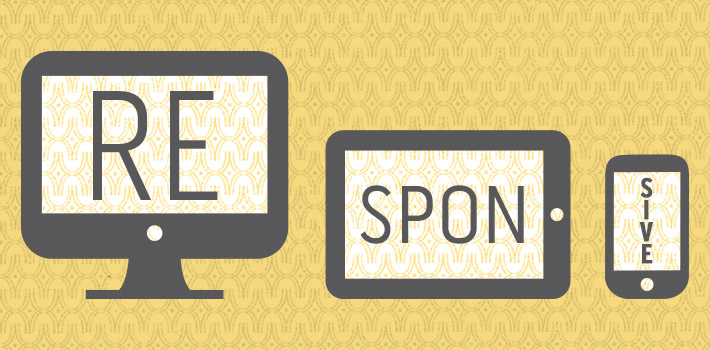Everyone uses the word “responsive”, but if you ask any two people, you will often get differing definitions. Our goal in making a “responsive” website is for the experience to translate well across user devices. This could be anything from the console in their car, to a smartphone, ‘phablet’, tablet or desktop experience. The user doesn’t care how your website was made, or what flashy new acronym you are using to describe it, they only care if it works for them, and delivers what they need, regardless of how they get there.
When many people think of responsive, they envision a site that scales to fit any screen size, making some elements smaller, removing others as the screen gets smaller etc. We now have data on a number of reputable sites which have gone fully “responsive” and had difficulty. The Boston.com responsive site launch was famously challenging (below). That doesn’t mean that any one method is necessarily good or bad, but we’ve learned a number of lessons since the dawn of “responsiveness”
As you think about the purpose that your website serves to mobile users, consider the following:
Working Memory
Typically humans can remember 7 things at a time, for around 20 seconds. This makes each additional piece of information you present to them comes at an additional interaction cost for the user. Because of this working memory limitation in our brains, there are many tasks that if you ask a user to complete them on a mobile device, they will look at you and say something like “but I would never try and book a trip to London on my mobile phone”. This is because of the barriers on how much information users can process at once, their working memory, and their aversion to typing on a mobile device (which we can all acknowledge is at best, mildly frustrating.)
Content Prioritization
Because of this limited working memory, content prioritization becomes important. The reason they have ended up at your website may be different based on what device they are using. For example, if I’m on my smart phone, I’m probably not going to read your dissertation on the economic effects of climate change, but I may be interested in where you will be speaking. If your website is for a restaurant, I want to get right to the hours, contact info and menu. Sometimes this means just a simple curated site for mobile interactions, but other times, it means having every page on the site represented in the mobile environment.
Functionality
Just because it’s on your desktop site doesn’t mean you need to provide the same functionality on the mobile devices. This works in the opposite way as well. There are some features like location that are inherent in mobile devices which aren’t necessary on a desktop. The desktop location detection is problematic, and often a user is fine entering their 5 digit zip-code rather than wasting time attempting location detection. On the other hand, location detection is pretty accurate on a mobile device. Almost every device has built in GPS that it can poll, and if that is not enabled, the phone can use the cell towers for their location.
Taking a look at the landscape today, 58% of Americans have a smart phone, and 42% have a tablet (see this mobile technology fact sheet). 63% of smart phone owners say they use their phone for browsing the internet, and of those people, one third do not use any other device for browsing the internet. Every day it’s growing more important for a website to not just be responsive, but also to be responsive in the right ways, for the right users, at the right time. All food for thought the next time you chat with your friendly agency about all things responsive.
